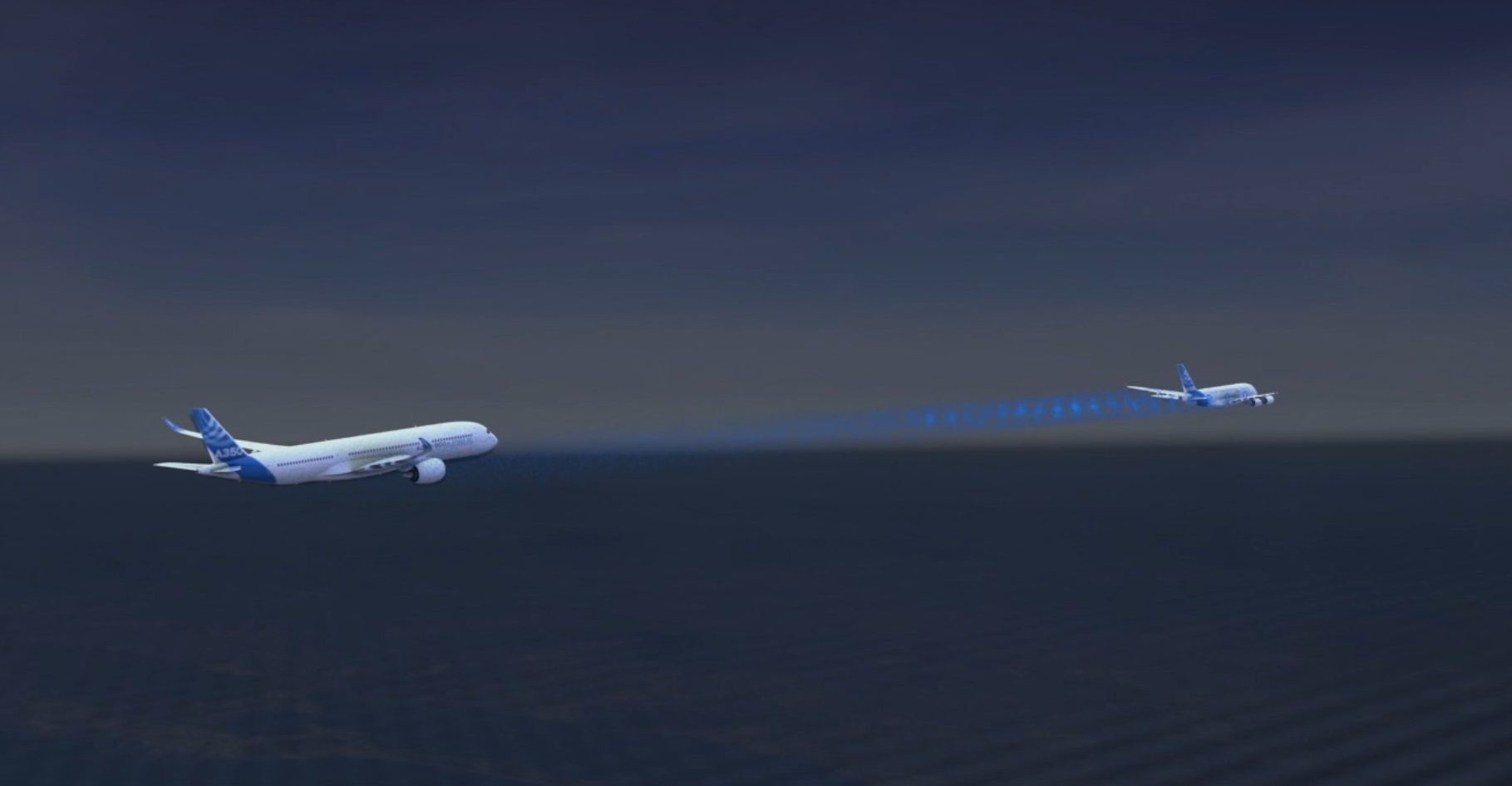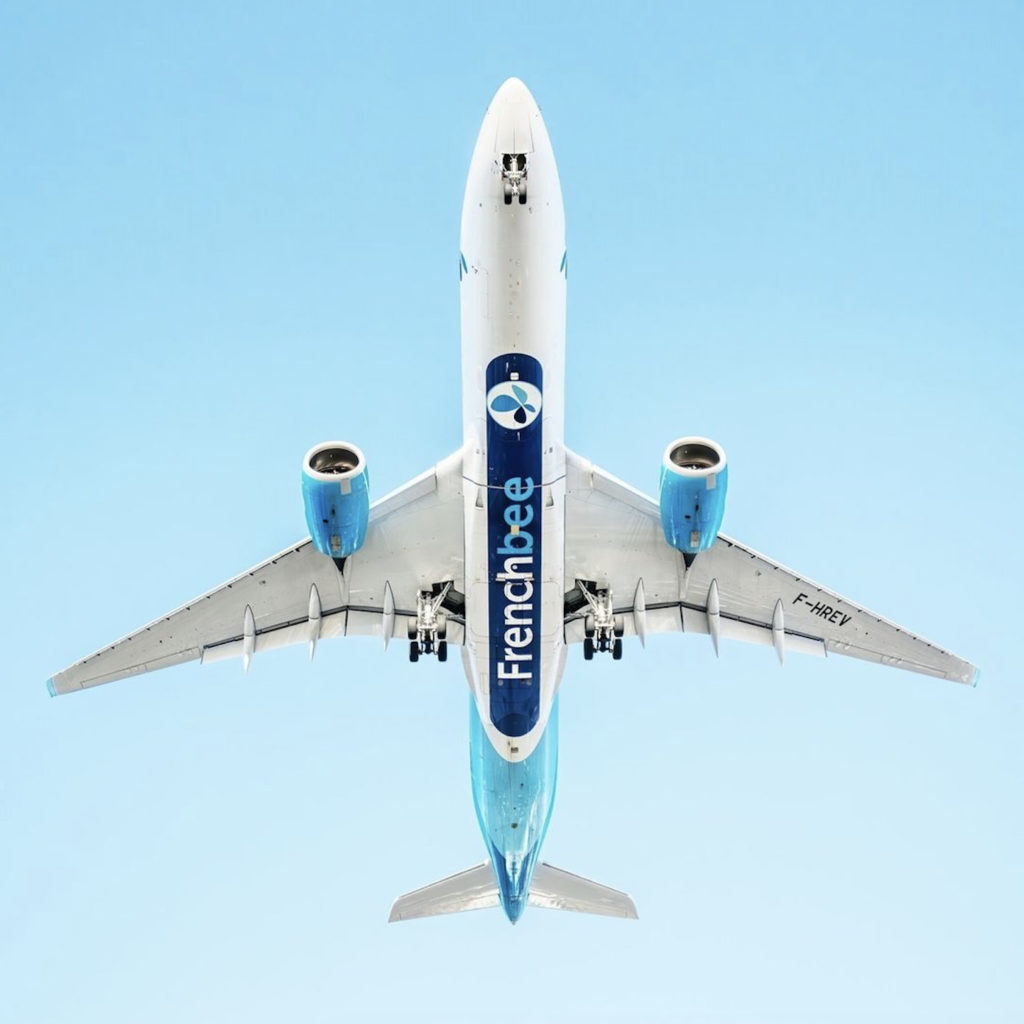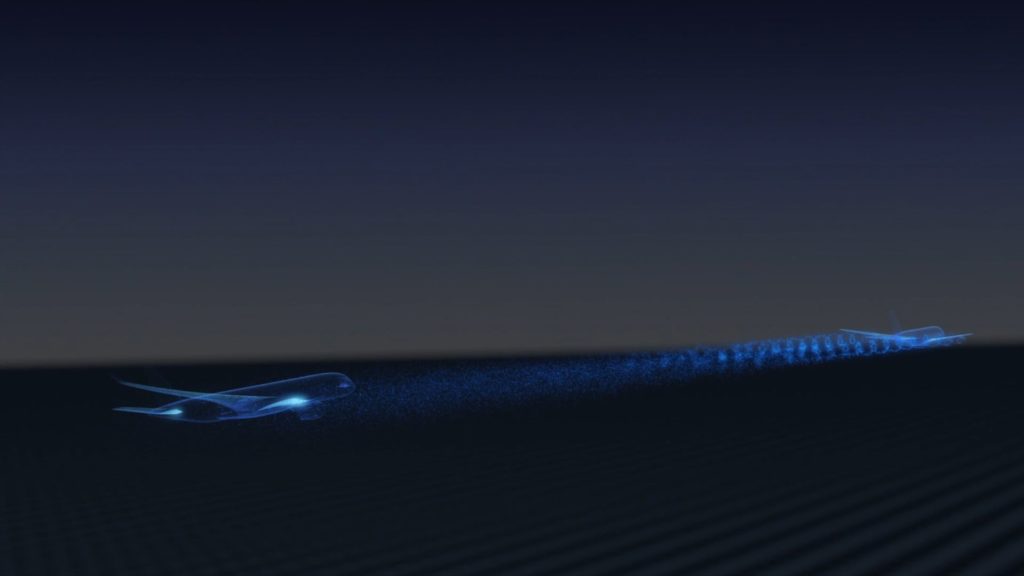Estimated reading time 10 minutes, 35 seconds.
The Canada goose, although native to North America, can be found worldwide these days. Airbus, a much larger breed officially native to Toulouse in southern France, also is found worldwide, albeit in smaller flocks than Branta canadensis.
While infamous for its fecal carpet bombing in and around its migratory staging areas, the Canada goose is famous for its V-shaped flight formations which can log up to 2,400 kilometers (1,490 miles) in 24 hours. While their migration altitude tends to be about one km, they have been reported as high as nine km (5.5 mi).

Meanwhile, the latest Airbus platforms — clean-sheet designs largely made of composites — fly much longer distances at higher speeds, even as manufacturers push for more flight efficiency, a lighter fuel burn and, increasingly critical, a reduced environmental footprint.
Aviation, however, evidently can learn a thing or two from geese when it comes to efficiencies. Their close-V migratory formations in spring and fall are led by a single bird, but that role as flock leader — which burns tremendous energy — is regularly rotated, programmed into the birds’ DNA. The trailing geese conserve energy by effectively “surfing” the invisible upwash of smooth air from the flapping wings of the birds ahead. Another analogy would be glider pilots riding heat thermals to gain altitude.
Enter Nick Macdonald, a British expatriate who has a master’s degree in physics from Imperial College in London, and who has logged some 600 hours since acquiring his European private licence at the age of 17. With a self-described “passion for innovation and people,” he has been with Airbus since 2002, currently as fello’fly project leader.
Macdonald’s previous role involved overseeing support for an array of Airbus Asia-Pacific operators. Now based in Toulouse, he heads the company’s fello’fly demonstrator program which aims to prove the technical, operational, and economic viability of “wake-energy retrieval” for commercial aircraft. It effectively would use evolving technology to seamlessly mimic what the Canada goose does naturally.
“This is not a crazy science project,” he told Skies. “This is real technology that we’re putting into play in the flight testing that we’ve done recently. It’s very encouraging.” Long before it reached the in-flight stage, it was developed and tested on multiple simulation platforms of all sizes.
He said Airbus’s initial collaboration with two commercial carriers and various air navigation service providers (ANSPs) — such as Nav Canada and its counterparts in Britain and Europe — could make a significant impact on aircraft environmental performance, mainly by reducing fuel burn.
The two carriers involved are SAS Airlines, the Danish-Norwegian-Swedish flag carrier which has 134 mostly Airbus models serving a global network; and French Bee (formerly French Blue), a Paris-based discount long-hauler with four Airbus A350-900s. Macdonald said their operational differences have given his team an opportunity to explore a range of scenarios.
Similar to geese, commercial aircraft produce upwash and downwash. “If you position a following aircraft close to that wake, it can . . . retrieve that energy from the upwash,” Macdonald explained. “Then you can basically reduce the angle of attack of the following aircraft, reduce the engine setting, and therefore save on fuel. Fello’fly is basically, above all, a sustainability project.
“We believe we can save between five and 10 percent fuel for the following aircraft on a long haul,” he continued, noting that aircraft technical developments providing even one to two percent less fuel burn are significant for a commercial platform. Moreover, Airbus is targetting further “minimal technical changes,” which it expects to prove with its heavily-instrumented A350 flight test aircraft.
Before fello’fly was launched, Airbus showed that when flying manually behind one of the company’s large A380s, the A350 crew found that fuel burn was actually reduced by more than 10 percent, and that the flight was comfortable. “Fello’fly is designed to take it to the next level, to come up with a solution that is really integrated into the aircraft’s auto-flight features.”

Asked whether other manufacturers were buying into the concept, he acknowledged “a certain amount of engagement” in following Airbus’s lead. “With the demonstrator that we’re using today [as recently as late March 2021], we’re really making good progress on demonstrating the feasibility.” A recent test in French airspace off the Atlantic coast involved automatic tracking of a wake vortex.
Except for contrails, which are mainly ice crystals, vortices are generally invisible to the naked eye. “We’re looking to put in place a solution where, with or without contrails, you can safely identify, capture, and track the vortex in cruise phases. . . . That’s why we feel that fello’fly is really suited to longer haul flights. The longer the aircraft track together and the longer the following aircraft can retrieve that energy from the leading aircraft, the greater the fuel savings and the environmental benefit.”
Asked then whether fello’fly isn’t somewhat counterintuitive to most pilots, given all the instruction and rules about vertical and horizontal separation, Macdonald replied that Airbus has been testing at three km (1.9 mi) with one aircraft trailing another. “We’re not talking wingtip-to-wingtip . . . formation flying like in fast military jets. . . . You can see the lead aircraft but it’s a long way off . . . and despite that you still have this energy in the vortex which can be utilized. Ultimately, the features that we’re designing and flight testing will be such that they will keep the aircraft where it needs to be: the optimal fuel burn position.”
While onboard technologies continue to be refined, the next key step would be “live trials” in controlled transatlantic airspace toward the end of 2021, but some regulatory changes will be required for commercial service.
Macdonald explained that in addition to working with the ANSPs, Airbus is working with the Montreal-based International Civil Aviation Organization, to which it made a presentation late last year. “Regulations do need to be revised,” he said. “That’s really where the name comes from; fello’fly is a fellowship, working together.
“What we’re saying within Airbus is that we are working on this technology. We want to bring it to the industry; we need everybody to work together, to work globally, to prepare a regulatory framework, an air traffic framework. It’s not just about the onboard technology, but also how the industry embraces the change.”











Great idea!